“The scariest thing about distance is that you don’t know whether they’ll miss you or forget you,” said Nicholas Sparks in his bestselling novel The Notebook. And very rightly so. Having once believed that love could defy any obstacle, I thought nothing of being in an LDR when my boyfriend moved to a different state for work. However, I soon found myself grappling with the harsh realities of what distance can do to love, and often told myself, “I love him but I can’t do long distance.” Reflecting on my journey, I feel what kills long-distance relationships is primarily a lack of physical intimacy and communication. Of course, there are other factors too.
If you and your partner are an LDR couple and often wonder how to cope with long-distance relationship issues, we are here to help. We offer you 12 most common reasons dating long distance is hard, along with tips for long-distance relationships to help you cement your bond.
What Is The Failure Rate Of Long-Distance Relationships?
Table of Contents
Before we get to what kills long-distance relationships, let’s look at some statistics to see the success-failure rate of such relationships. A 2018 study proved that around 58% of long-distance relationships last. And half of the respondents in the study met their partners online. So, it can be safely said LDRs can survive the test of time if couples communicate and keep the relationship healthy. With people leaving their hometowns to study in other cities, or even traveling overseas for jobs, and with technology having made it easy for people to be in touch, these relationships have only become more common and easier to sustain.
Interestingly, another study has proved that a huge number of long-distance relationships end not when partners are apart but when they move closer to each other. Now, this can be due to a host of factors, including couples’ inability to adjust to each other—or discovering incompatibilities—once they’re physically together.
Related Reading: 11 Relationship Arguments That Spell Doom For Your Bond
12 Things That Kill Long-Distance Relationships
Relationships tend to get tricky over time and long-distance relationships are no exception to this phenomenon. LDRs can get messy if not tended to properly. According to a survey, here’s one of the major facts about long-distance relationships: the lack of physical intimacy between LDR couples becomes the biggest challenge to cope with (according to 66% of respondents).
Also, small issues that crop up might seem trivial in the beginning, but over time, they can destroy long-distance relationships. So, what are the other risk factors you need to be aware of, and how to cope with long-distance relationship problems? Let’s take a closer look at what kills long-distance relationships and how to protect yours from these common pitfalls:
Related Reading: Successful Long Distance Relationship Love Story
1. Communication issues
Consistent communication is important in any relationship. If you’re dating long distance, the importance of communication increases tenfold. However, distance can be a big stumbling block in effective communication. Communication issues in LDRs arise due to a lot of factors, such as:
- The time difference (in case the couple is separated by different time zones)
- The difference in schedules
- Different priorities (for instance, when a person travels to a new place, all of a sudden, they’ve got to deal with figuring out their bare necessities)
How to deal
- Establish healthy boundaries: Set specific times for virtual interaction
- Give enough space: Allow each other space for individual activities and socializing
- Encourage independence: Pursue personal hobbies and interests or make new friends independently and encourage your partner to do so. Foster a sense of self-reliance and self-growth
- Communication variety: Diversify communication methods to avoid monotony
- Socialize beyond the relationship: Maintain connections with friends and family outside the romantic relationship. Participate in activities that don’t involve the partner, to foster a broader social network
- Open dialogue: Discuss feelings openly and honestly. Establish mutual understanding and respect for personal space and time

2. Unresolved fights
Why do long-distance relationships fail? One of the things that ruins a long-distance relationship is unhealthy conflict resolution. This is also one of the most common red flags in a long-distance relationship. In a study conducted on 385 participants, researchers found that video chats resulted in the most validating conflict style. Email was correlated with a hostile conflict style, and phone calls resulted in a mix of volatile and hostile conflict styles.
Interestingly, it was found out that long-distance couples do not want to argue in the little time they have together when they meet face-to-face. Now, while this is understandable, it’s not healthy. Fights are normal in every relationship, and to an extent, healthy. On the other hand, there is nothing more damaging than a lack of healthy conflict-resolution strategies in a long-distance relationship.
Related Reading: 18 Long-Distance Relationship Problems You Should Know
How to deal
- Effective communication: Choose the right time and method to address conflicts calmly. Utilize video calls or voice messages for nuanced conversations
- Active listening: Practice active listening to understand your partner’s perspective. Avoid interrupting and ensure both voices are heard
- Establish resolution strategies: Develop a plan to resolve conflicts constructively. Agree on a cooling-off period if needed, followed by a focused discussion
- Choose battles wisely: Differentiate between minor disagreements and significant issues. Prioritize discussions based on their impact on the relationship
- Apologize and forgive: Be willing to apologize when necessary. Spend time cultivating forgiveness to avoid holding on to resentment
- Seek mediation if necessary: Consider involving a neutral third party if conflicts persist. Relationship counseling or therapy can provide a structured environment for conflict resolution
3. Mismatched view of the relationship
What kills long-distance relationships often is a misalignment in how partners feel about their connection. Long-distance relationships become difficult when both partners look at the relationship from completely different angles. While one partner might see this as a positive opportunity to work on themselves, the other partner might be more focused on the negative aspects of LDRs.
The latter would focus on how they can’t be together as much as they would like and will have frequent thoughts like, “This long-distance relationship is killing me.” It is very important to air out what you want in a relationship you and your partner have and reach an agreement. Maybe you want texts and calls every day but your partner is completely okay with talking to you properly once a week. You must talk it out and reach an arrangement.
How to deal
- Define expectations from the LDR early: Discuss and establish clear expectations for the relationship from the start. Ensure both partners are on the same page regarding commitment, future plans, and consistent communication
- Regular check-ins: Schedule regular relationship check-ins/conversations to reassess expectations as the relationship evolves. Be open to adjustments and compromise when necessary
- Align long-term goals: Discuss individual long-term goals and aspirations. Seek common ground and make compromises to align future plans and achieve common relationship goals. Discuss why the LDR was necessary in the first place (job, education, etc.)
- Be transparent: Communicate openly about feelings and expectations. Address any discrepancies promptly to avoid misunderstandings
- Prioritize compatibility: Evaluate compatibility in terms of values, life goals, and timelines. Reassess the relationship if fundamental expectations are consistently misaligned
Related Reading: Expectations In Relationships: The Right Way To Manage Them
4. Insecurities can drive you apart
Why do long-distance relationships fail? Linda, a 24-year-old student from Massachusetts who is in a long-distance relationship with her boyfriend, says, “I’m always worried about what he’s doing when he doesn’t reply for hours. And when he hangs out with people I’ve never heard of before or seen before, the anxiety it gives me is ruining the relationship and is just not worth it. What good is it to stay in something that’s only making me doubt that someone’s being unfaithful to me?”
And she’s not alone. Per the data collected in a study conducted on 311 participants, it was noticed that long-distance couples who didn’t meet in person often had a lot of trust issues.
How to deal
- Promote open and honest communication: Encourage an environment where both partners feel safe expressing insecurities. Foster trust by actively listening and validating each other’s concerns
- Regular reassurance: Provide reassurance through verbal affirmation and affection. Remind your partner of your commitment and love consistently
- Build trust: Be transparent about your actions and intentions. Establish a foundation of trust by following through on promises—even little ones, such as calling on time
- Address root causes: Explore the underlying causes of insecurities. Work together to resolve issues and build confidence in the relationship
- Individual self-esteem: Focus on individual self-esteem. Encourage activities that promote personal growth and confidence
- Seek professional guidance: Consider couples therapy or counseling to address deep-seated insecurities. Professional guidance can offer tools to strengthen the relationship and manage insecurities.
Related Reading: 7 Types Of Insecurities In A Relationship, And How They Can Affect You
5. You stop doing things together
Have you ever asked yourself, “What are the signs he’s losing interest in a long-distance relationship?” The best thing about an LDR is that you get ample time to work on yourself. All the time that is not being spent on going on dates leaves you room for self-growth. But here’s the flip side: this ample time to do your own thing is one of the things that ruins a long-distance relationship.
The fact is that you’re not participating in activities together anymore. It could be playing an online game together or even learning to play an instrument. When the focus of growth is entirely on oneself, there are chances you and your partner might start drifting apart and end up having nothing in common. So, if the thought, “I feel disconnected”, has crossed your mind in an LDR, remember, this is one of the things that may end a long-distance relationship.
How to deal
- Rediscover shared interests: Identify and revisit activities that you enjoyed together. Make a conscious effort to reintegrate these common things into your routine, albeit virtual. You can explore online games, online fitness classes, etc
- Schedule quality time: Set aside dedicated time for shared activities, even if that means sharing a meal together on a video call. There are apps for long-distance couples, such as Cupla, that help you sync your schedules
- Explore new hobbies: Introduce new online activities and things for long-distance couples to keep the relationship dynamic. Embrace opportunities for shared learning and exploration
- Opt for virtual movie nights: Organize virtual movie nights or schedule synchronized Netflix streams. Use technology in your relationship to bridge the physical gap
- Communication about preferences: Discuss each other’s preferences for online activities. Find a balance that accommodates both partners’ interests
- Plan future activities: Apart from things for long-distance couples, look forward to future in-person activities. Discuss and plan visits or vacations to have shared experiences in person
6. No end date in sight is what kills long-distance relationships
Claire, my friend and a 28-year-old lawyer from Florida, had been in a long-distance relationship with Joe, who lives in New York, for 2 years. She was looking forward to this long separation coming to an end when Joe told her they’d have to stay apart longer because the company he worked for was sending him to Korea to start their new project. When she asked him when he would be back, he said he wasn’t sure and that it might take a couple of years.
She says, “This is one of the glaring signs he’s losing interest in a long-distance relationship. I think we may never meet again.” She then decided to break it off with Joe and told him, “This long-distance relationship is killing me because there seems to be no end to it” They ended up splitting soon after.
Related Reading: 3 Harsh Facts About Long Distance Relationships You Must Know
This is not unusual for LDR couples. According to a study, nearly one-third of long-distance relationships end because couples don’t have a timeline in sight for when they can be physically together.
How to deal
- Establish a clear plan: Work together to set a realistic timeline for closing the distance. Regularly revisit and update the plan as circumstances change
- Frequent communication about the future: Have open discussions about long-term goals and aspirations. Ensure both partners are aligned in their vision for the future
- Visit each other regularly: Plan in-person visits to spend quality time together. Frequent visits help maintain the connection and build a sense of anticipation
- Maintain flexibility: Be open to adjusting plans based on external factors. Flexibility and adaptability are crucial in the face of unforeseen challenges
- Create milestones: Set milestones to celebrate progress in the relationship. Milestones provide a sense of accomplishment
- Explore relocation options: Discuss potential relocation plans and explore practical steps to make it happen. Investigate job opportunities, housing options, and other logistics
7. A lack of physical intimacy
What kills long-distance relationships in most cases is the lack of sex and physical intimacy. This also increases the risk of infidelity in long-distance relationships. In a study, 66% of respondents stated that a lack of physical closeness was the major reason for things falling apart. Lack of sex or intimacy doesn’t always end a long-distance relationship, but it usually gets in the way of forming a stronger bond.
How to deal
- Virtual intimacy: From steamy sex over video calls to sexting, do what you can to feel more connected to your partner sexually
- Share selfies: Share sexy selfies with your partner at different times of the day
- Steamy movies nights: Watch erotic movies with your partner on screen-sharing apps to stir in an element of sensuality
- Share fantasies: Share your deepest sexual fantasies over call or text
Related Reading: 11 Common Reasons People Cheat In Relationships
8. Not expecting the troubles an LDR brings with it
How do you really know if an LDR is right for you? It’s a tough question to answer, and most people struggle to figure out if they should continue a long-distance relationship even when the going gets tough or cut ties and move on. Besides, most don’t even anticipate the number of difficulties an LDR is going to bring with it. A study claims that 70% of long-distance relationships end because of unexpected changes in circumstances. But there are ways to deal with this situation.
How to deal
- Expect the unexpected: When it comes to being prepared for the future, partners in LDRs have to be prepared for the worst, be it your partner finding a new person or personal goals changing
- Discuss issues that could crop up in advance: You should always discuss the problems that could make you two drift apart, such as the fear of infidelity or lack of communication
- Schedule weekly meets to discuss ongoing issues: If not daily, at least schedule weekly calls to discuss issues that you two are already dealing with and chalk a way forward
- Resolve issues promptly: Before they snowball into something that can jeopardize your bond, resolve all relationship problems if it’s possible
Related Reading: 10 thoughts one has when dumped in a long distance relationship
9. Taking each other for granted kills long-distance relationships
Not calling or texting when you promised, delaying plans to meet up, and not communicating, or giving attention —these are the small ways that couples take each other for granted in LDRs. These acts can be extremely damaging in the long run, leading to a slow death of your relationship.
How to deal
- Express gratitude regularly: Cultivate a habit of expressing appreciation for your partner. Verbalize gratitude for both big and small gestures, to reinforce the value
- Prioritize thoughtful gestures: Continue to engage in thoughtful acts that demonstrate care. Surprise your partner with small tokens of affection or heartfelt messages
- Schedule quality time: Dedicate quality time to connect despite the physical distance. Make extra effort to engage in meaningful conversations and activities
- Celebrate achievements and milestones: Acknowledge and celebrate each other’s accomplishments. Share in the joy of achievements to reinforce a sense of support
- Ensure regular relationship check-in: Have honest conversations about how you’re feeling in the relationship. Address any concerns about feeling taken for granted promptly
- Reflect on relationship dynamics: Regularly assess the dynamics of the relationship and adjust behaviors accordingly. Stay mindful of the effort required to maintain a strong connection
10. There’s no vision of a shared future
One subtle yet potent threat to long-distance relationships is the absence of a shared vision for the future. When the horizon appears uncertain, and partners neglect to envision a life together, the foundation of the relationship can crumble. You should have a joint vision, common goals, and a road map for closing the distance. Navigating the challenges of physical separation requires a shared commitment to the future.
How to deal
- Initiate open dialogues: Begin an honest and open conversation about long-term plans and smart goals for your relationship. Encourage your partner to share their aspirations and expectations for the future
- Establish a timeline: Collaborate on setting a realistic timeline for when the distance can be bridged. Break down the steps and milestones required to make the shared future a reality
- Regularly revisit plans: Schedule periodic discussions to reassess and update future plans. Adapt the timeline as needed, considering changes in personal or external circumstances
- Cultivate individual goals: Encourage each other to pursue individual goals that align with the shared vision
- Invest in visits and face-to-face time: Prioritize in-person visits to reinforce the connection. Face-to-face time provides a tangible experience of the shared future and strengthens commitment
Related Reading: Are Your Feelings Fading In A Long-Distance Relationship?
11. Lack of emotional connection
The lack of emotional connection in a relationship when you’re away from your partner can be a silent killer for a bond. The lack of physical closeness can lead to emotional distance if not actively addressed. Neglecting the emotional aspect of the relationship can create a void that mere words or virtual interactions cannot fill. This is one of the most common red flags in a long-distance relationship. Maintaining a deep emotional connection is paramount to overcoming physical separation and protecting the relationship from the threat of emotional detachment.

How to deal
- Prioritize quality communication: Foster meaningful and deep conversations to sustain an emotional connection. Share thoughts, feelings, and experiences with authenticity to bridge the emotional gap
- Engage in shared activities: Create a virtual shared space by participating in activities together. This could include reading the same book, watching movies simultaneously, or playing online games
- Regularly express affection: Verbalize feelings of love and affection regularly. Small gestures, such as sending heartfelt messages or leaving surprise voice notes, can go a long way
- Cultivate trust and vulnerability: Build a foundation of trust by being open and vulnerable with your partner. Share fears, hopes, and dreams to create a deeper emotional bond
- Plan a future together: Discuss, ask questions, and plan the future, reinforcing the emotional investment in the relationship. Creating joint aspirations can serve as a powerful catalyst for maintaining emotional closeness
12. A change in values, goals, and personality
A new environment, a new location, new friends, a new job, a new university, a new country — all of this can gradually change a person’s whole perspective on life. Even though there may be true love in a long-distance relationship, the change that it brings about in the personality of an individual may end up affecting things to the point where partners aren’t even sure if their goals align in the long run.
This may eventually lead to misunderstandings. Sure, in a relationship, you’re supposed to evolve and grow with your partner. But when both of you experience a vastly different environment around you, growing in the same direction is rarely a possibility.
How to deal
- Discuss the changes: If either of you is going through a massive change in lifestyle, inform the other and discuss the changes
- Update each other on new friends/acquaintances: Update each other regularly about the people you meet or befriend, to avoid unnecessary issues/stress/insecurity
- Communicate to avoid misunderstandings: Schedule regular communication to avoid misunderstandings that can snowball into something more drastic
When To Call It Quits In A Long-Distance Relationship?
Thanks to the technology that we have today, distance is not that big of a problem anymore. Even if you are unable to meet your boo, you can at least see them over a video call when you miss them a lot. According to a survey, 55% of Americans who have been in an LDR said that their time apart actually made them feel closer to their partner in the long run. Another 81% said that being in a long-distance relationship made real-life visits a lot more intimate than usual, due to the speciality of the occasion.
Related Reading: 10 Noticeable Signs You Need To Let Go Of A Long-Distance Relationship
The harsh reality is that when long distance gets hard, you’re faced with a choice. And in situations where you keep telling yourself, “I feel disconnected” or “I love him but I can’t do long distance”, despite being virtually connected, the best way to deal with the challenges of long-distance relationships is to call it quits. Here are some instances where your relationship is beyond repair:
1. When you feel sad in the relationship
If you feel sad about the fact that you miss your boo, you can at least do something about it. You can talk to them, see them through video calls, and meet up whenever possible. But if the prospect of meeting or talking to your partner doesn’t get you excited or if you see them calling you and don’t feel like answering them, that shows you are in an unhappy relationship and it is better not to drag it on.
2. When you and your partner have different goals
One of the challenges of long-distance relationships is the difference in what both of you want out of it. Different people have different values and, sometimes, love can’t overcome the differences. If you are expecting that you will be reunited after a few months/years but your partner has no fixed date of returning and doesn’t mind continuing indefinitely, then it is best to end the relationship.
Related Reading: 17 Signs You Are In An Incompatible Relationship
3. When your partner stops investing in the relationship
The reason that an LDR is so difficult is that you miss your loved one a lot. This dynamic can be made more complicated by the inevitable uncertainties in a relationship. To deal with it, you need to give your partner lots of love, attention, and time. You need to put in enough effort in the relationship to make your partner feel secure. That’s the best way to deal with long-distance relationship worries. But if your partner cannot be bothered to put in even this bit of effort, you need to rethink this relationship.
4. When your partner is not the first person to get an update on your life
One major sign your long-distance relationship is in its last stages is that when you get good/bad news and you want to share it with someone, the first person who pops into your head is not your partner. If your partner has stopped being the first point of contact to share important updates, it is a sign that your relationship is already over.
Frequently Asked Questions
An average long-distance relationship lasts for about 14 months, in which couples meet up about 1.5 times a month. However, it is entirely dependent on the couple. While some couples can stay for months without seeing each other, some need to meet their partner a lot more.
It is not selfish at all. A long-distance relationship is not everyone’s cup of tea as it can have a lot of complications, like insecurities, lack of sex, and unresolved issues that can make the relationship stressful.
A study has proved that romantic love lasts for about a year. Post that, companionship comes into the picture. For a long-distance relationship, the romance perhaps lasts a bit longer as compared to other relationships. Distance makes the heart grow fonder, as they say, and the novelty of the dynamic lasts longer, since couples are not able to see each other very often.
According to a study that has been mentioned in the article, about 40% of long-distance relationships fail.
The hardest part of an LDR varies from couple to couple, but most tend to agree that the lack of physical intimacy, communication issues, trust issues, and the seemingly never-ending wait to see your partner again are the hardest bits of an LDR.
Distance brings with it a whole lot of unique issues into a relationship. But that’s definitely not a reason to break up with your partner. However, if the relationship is suffering because of the distance, you might choose to split.
Key Pointers
- LDRs have a better rate of survival if couples actively engage in reducing misunderstandings
- What kills long-distance relationships are issues such as massive changes in lifestyle, lack of physical intimacy, indefinite waiting, and lack of emotional connection in the relationship
- Here’s how to deal with long-distance relationship issues: you can match your schedules through apps for long-distance couples, engage in regular communication, and share your sexual fantasies
- However, LDRs may not work if you’re always sad in the relationship, you don’t update your partner regularly, or you two have different goals in life
Final Thoughts
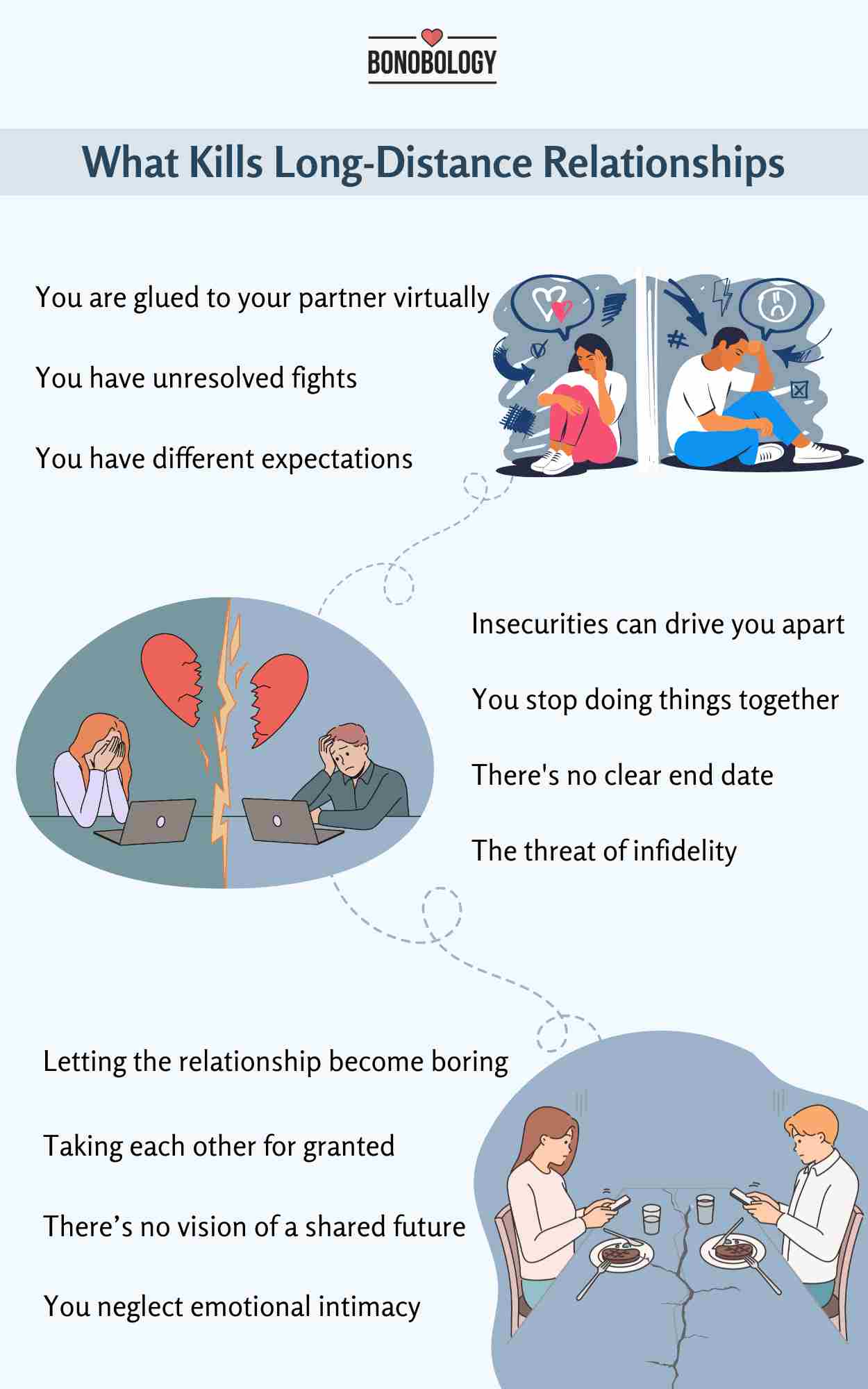
Now that you know how to deal with long-distance relationship issues, remember, it is never one thing that destroys an LDR. Instead, it is a series of small acts. However, neglect, insecurity, and a lack of communication are some of the common problems that kill long-distance relationships.
The good news is that these are things that can be sorted if caught and worked upon early on. And we hope our tips for long-distance relationships help you work on yourself and your relationship. Likewise, now that you are aware of what kills long-distance relationships, here’s hoping this article helps you save yours.
18 Things To Know Before Starting A Long-Distance Relationship
23 Virtual Date Ideas For Long-Distance Couples To Feel Closer
21+ Weird Yet Wonderful Long-Distance Relationship Gadgets [Trending 2022]
Your contribution does not constitute a charitable donation. It will allow Bonobology to continue bringing you new and up-to-date information in our pursuit of helping anyone in the world to learn how to do anything.

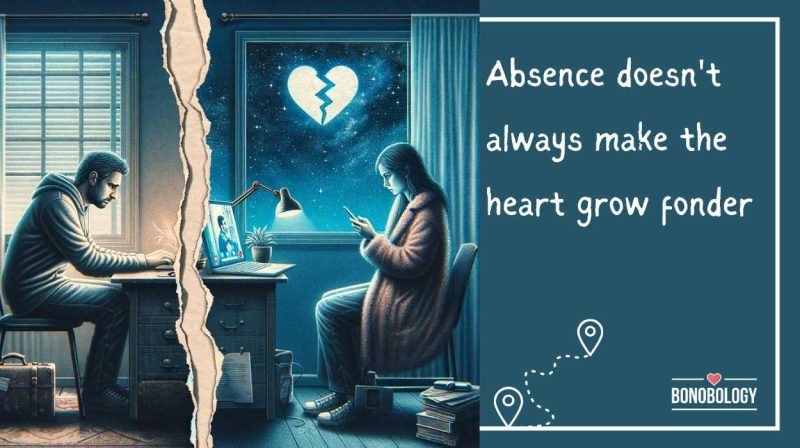

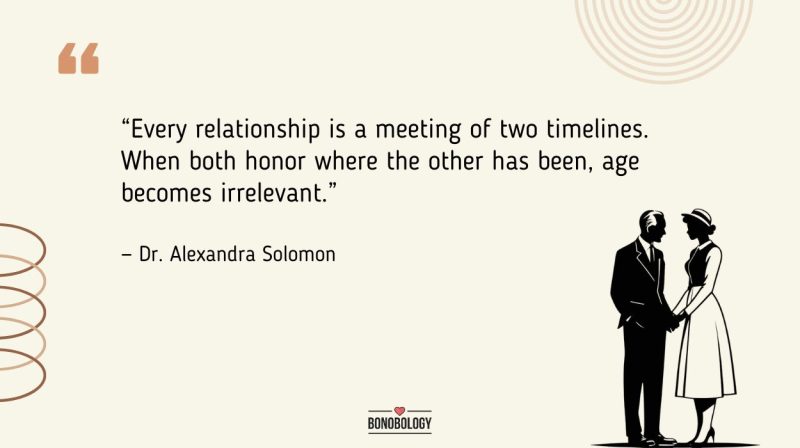
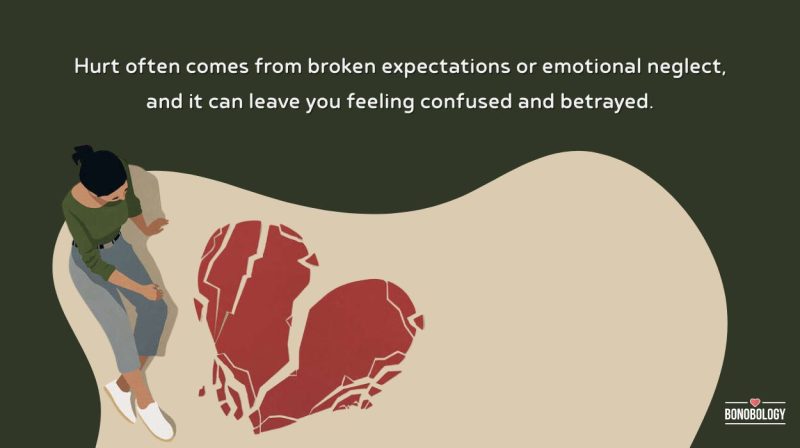

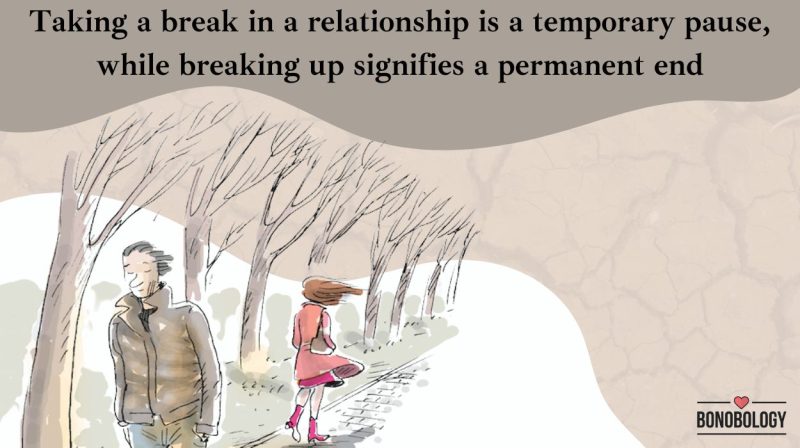


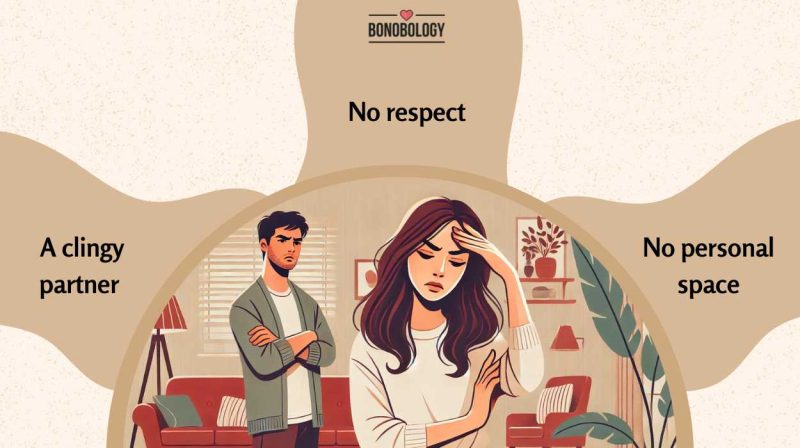

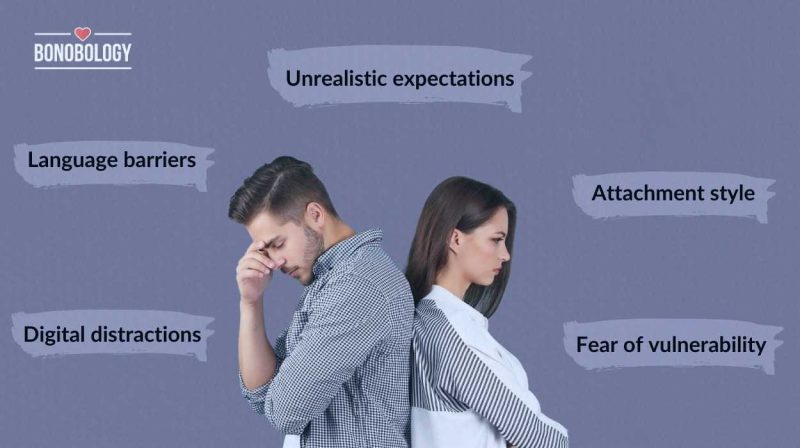




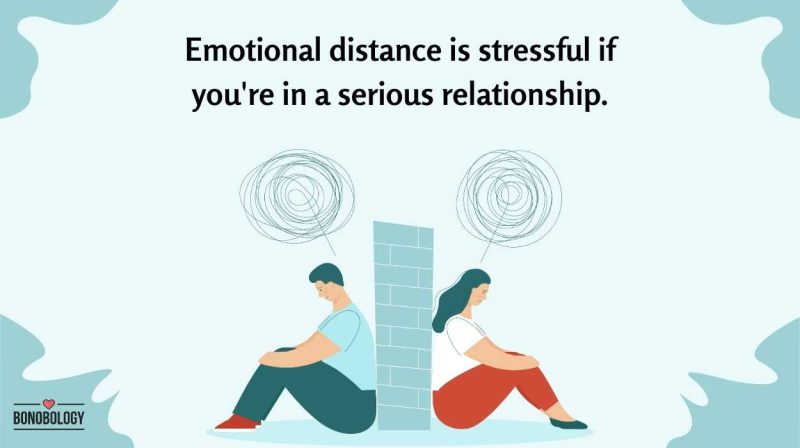
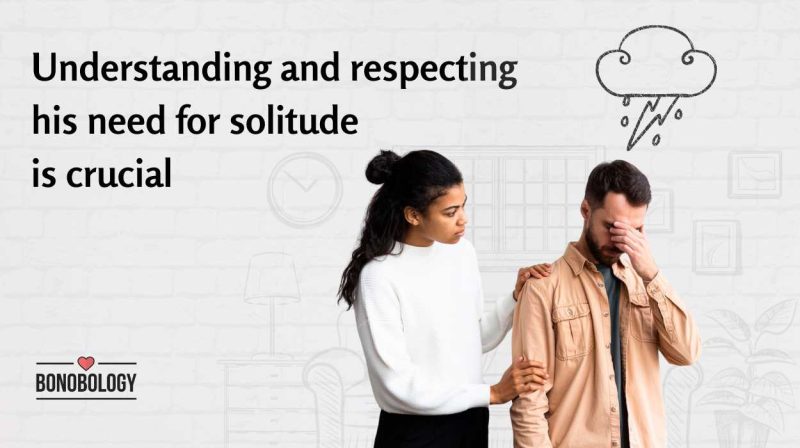
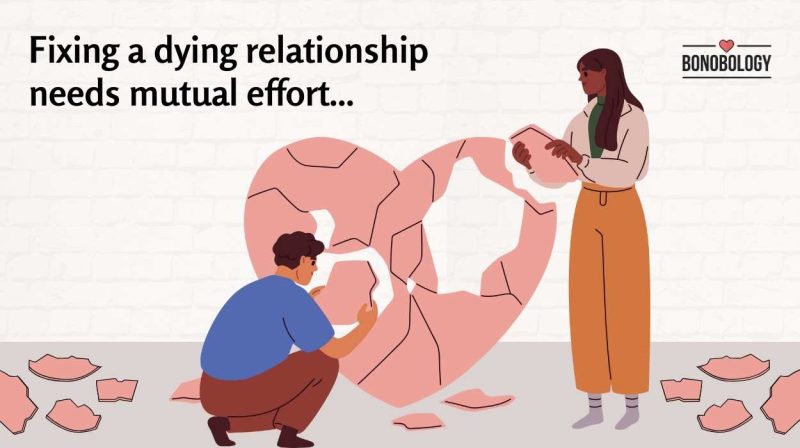
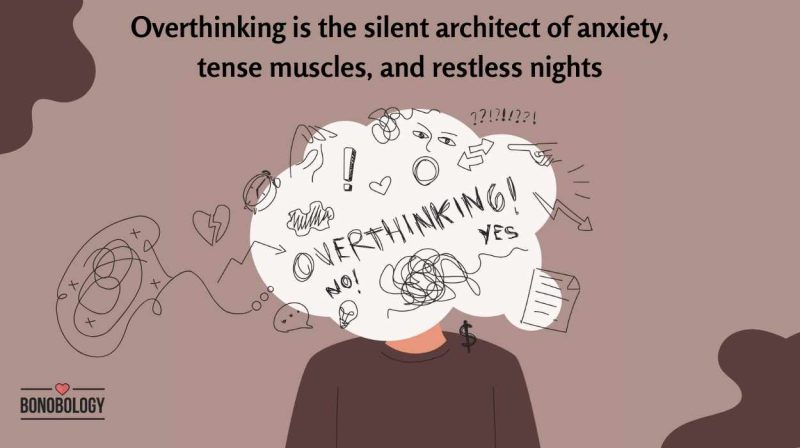



Featured
Can 20‑Year Age Gap Relationships Really Work?
Disappointed When Someone You Love Hurts You? Coping and Healing Guide
17 Deadly Signs Of An Immature Man And How To Deal
What Is A Break In A Relationship And How To Navigate It
Emotional Abandonment In Marriage: Signs, Causes, And Ways To Cope
15 Signs That Your Girlfriend Isn’t Sexually Attracted To You
Feeling Suffocated In A Relationship: Reasons, Signs, Ways To Deal
How Long Should A Relationship Break Be? A Therapist Answers
Why Do I Struggle To Communicate With My Partner? An Expert Answers
Will He Come Back After Silent Treatment? 15 Ways To Make Sure He Does
Why Do I Miss My Boyfriend So Much: Reasons And Ways To Deal
21 Clear Signs She Doesn’t Want A Relationship With You
How Narcissists Treat Their Exes — 11 Common Things They Do And How You Can Respond
Emotional Distance: Meaning, Causes, Signs, And Ways To Fix
My Boyfriend Is Grieving And Pushing Me Away: Tips To Cope And Comfort Your Man
What To Do When Your Relationship Is At Breaking Point?
Am I Overthinking Or Is He Losing Interest? 18 Signs To Help You Identify
Discover Your Worth: 13 Ways To Feel Loved And Appreciated
23 Backhanded Compliment Examples in Everyday Life That Are Actually Insults
11 Things That Happen When A Woman Shuts Down Emotionally – And How To Reconnect